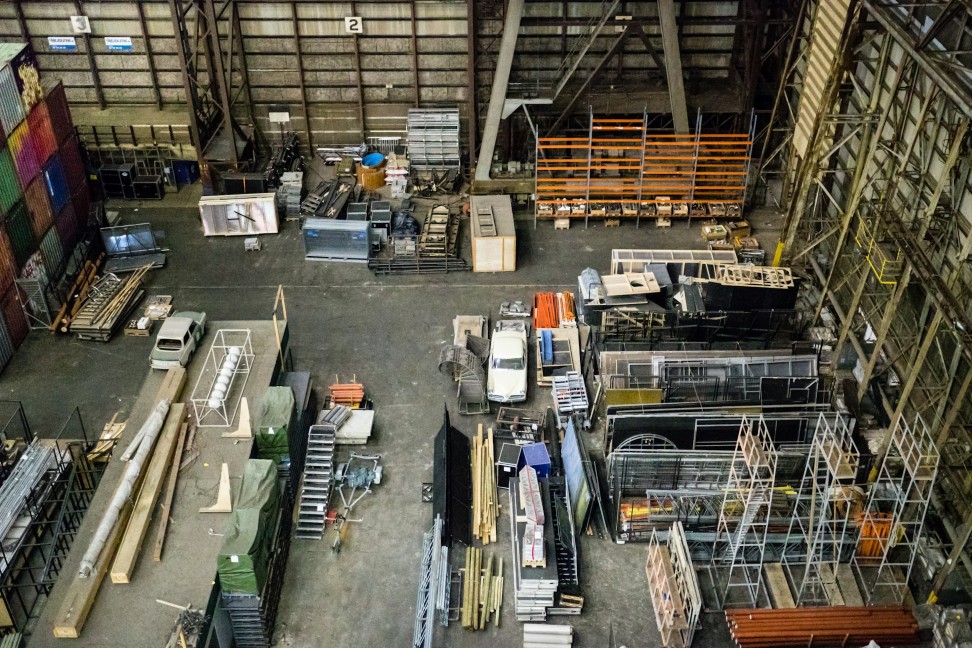When it comes to working on a roof, safety should be the utmost priority. Whether you are a professional roof specialist or a homeowner attempting a DIY project, it is crucial to take necessary safety measures to prevent accidents and injuries. Working on a roof can be dangerous due to various factors, such as the height, slippery surfaces, and unstable footing. To ensure the safety of everyone involved, here are some essential safety measures that should be followed when working on a roof.
Firstly, it is important to wear appropriate personal protective equipment (PPE). This includes a safety harness, helmet, non-slip shoes, and gloves. A safety harness is particularly important as it can prevent falls from the roof. The harness should be securely attached to a sturdy anchor point to provide stability and prevent any accidents.
Secondly, it is essential to have proper ladder safety. Before climbing onto the roof, ensure that the ladder is in good condition and placed on a stable surface. The ladder should be positioned at an angle of 75 degrees, and the base should be secured to prevent any slipping. Always maintain three points of contact while climbing or descending the ladder, and never overreach or stand on the top two rungs.
Furthermore, being aware of the weather conditions is crucial. Working on a roof during adverse weather conditions, such as strong winds or heavy rain, can increase the risk of accidents. It is advisable to reschedule the work if the weather is not favorable. Slippery surfaces due to rain or snow can also be hazardous, so it is important to use non-slip shoes and exercise caution when walking on the roof.
Another important safety measure is to assess the roof before starting any work. Ensure that the roof structure is stable and capable of supporting the weight of workers and equipment. Look out for any loose or damaged materials that could pose a risk. Additionally, it is important to have a clear plan of action and ensure that all tools and equipment are in good working condition.
Lastly, it is advisable to have a buddy system in place. Having someone else present can provide an extra level of safety and assistance in case of an emergency. This person can also help in keeping the work area tidy and organized, reducing the risk of accidents due to tripping or falling.
In conclusion, working on a roof requires essential safety measures to prevent accidents and injuries. Whether you are a roof specialist or a DIY enthusiast, wearing appropriate PPE, practicing ladder safety, considering weather conditions, assessing the roof, and having a buddy system in place are crucial steps to ensure a safe working environment. By prioritizing safety, you can carry out your roofing project with confidence and peace of mind.













